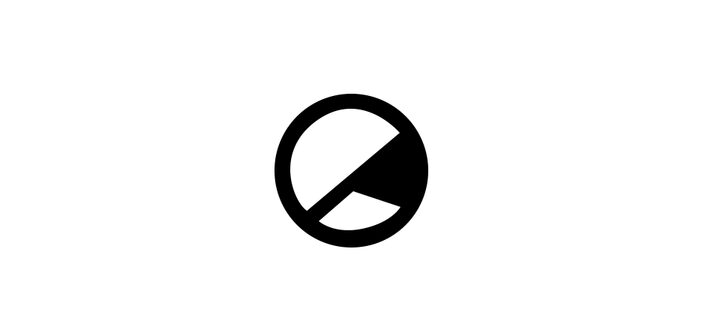Great expectations and a great cast, but The Goldfinch underwhelms in comparison to the novel.
-
6
Harrowing, surprising, traumatic. These are the three words that come to mind after seeing The Goldfinch. Directed by John Crowley, it has a subtle darkness to it, brought on by the circumstances that the characters find themselves in. The film follows the life of a young boy named Theo, first played by Oakes Fegley then Ansel Elgort, who loses his mother in a terrorist bombing at the Metropolitan Museum of Art in New York. The Goldfinch follows Theo in the aftermath of this seminal event, depicting how he copes with the death of his mother. It was a mere coincidence that they were present at the time of the bombing, but Crowley’s film explores the internalised guilt that Theo feels for the loss of his parent.
The Goldfinch is adapted from the book of the same name by Donna Tartt, which won the 2014 Pulitzer Prize for Fiction. Expectations for the film adaptation have thus been quite high. An impressive ensemble has been assembled, including Elgort, Nicole Kidman and Finn Wolfhard. Even though the performances are generally quite good, especially Fegley’s, there is a nagging feeling that the book itself remains an unfilmable text. The premise of Tartt’s novel would appear to be good subject for a film, yet the developing intricacies of the plot may be so complex that they are near impossible to portray effectively in cinematic form. Crowley’s adaptation does not completely succeed because of this reason. The way that it persists in flashing back and forward actually adds confusion. While this may be the director’s way of reflecting the disorientation felt by Theo, it goes too far and is sometimes hard to follow.
The inciting incident, that explosion, is a particularly evocative scene. Crowley contrasts heavy lighting, using bright white light to convey the sense of domestic innocence surrounding Theo and his mother, with the darkness of the debris and dust following the bombing. The Goldfinch goes back to this scene often. This relationship between the past and the present is extremely interesting, a concept worth exploring since the events of the past so frequently do haunt and influence our future. However, the film’s structure becomes laboured by these excessive flashbacks – it could have benefitted from a linear approach.
The title of the book and film refers to a single item in the gallery, one of the few surviving paintings by Dutch artist Carel Fabritius – also named The Goldfinch, it portrays a chained bird. Theo explains that this was a painting that his mother specifically wanted to see in the museum. Because of this, it becomes a talisman of everything he has lost. When the explosion happens, this painting is one of the only items to survive. Theo takes it as instructed by a man at the scene, who gives him a ring which, like the painting, becomes an object of grief to Theo. It leads him into a career which he loves, but also into meeting a girl he adores but cannot be with. The relationship between Theo and Pippa (Aimée Laurence, later Ashleigh Cummings) is invested with a real feeling, extending the film’s themes of loss and pain.
The Goldfinch illustrates the virtues of being surrounded by a loving community, depicting the surrogate families Theo is taken in by after the explosion, though family does not always mean those you are related to. Crowley’s adaptation aptly demonstrates how tragic circumstances can bring people together. The performances of the ensemble are convincing, too. However, the film does get a little tedious and confusing at times. Its structure is poor, due to so many flashbacks. It is also particularly violent in some moments, perhaps unnecessarily so.
The Goldfinch (2019), directed by John Crowley, is distributed in the UK by Warner Bros., certificate 15.




